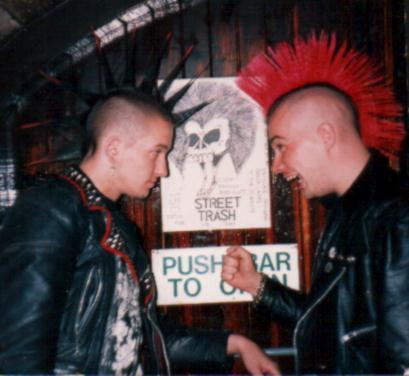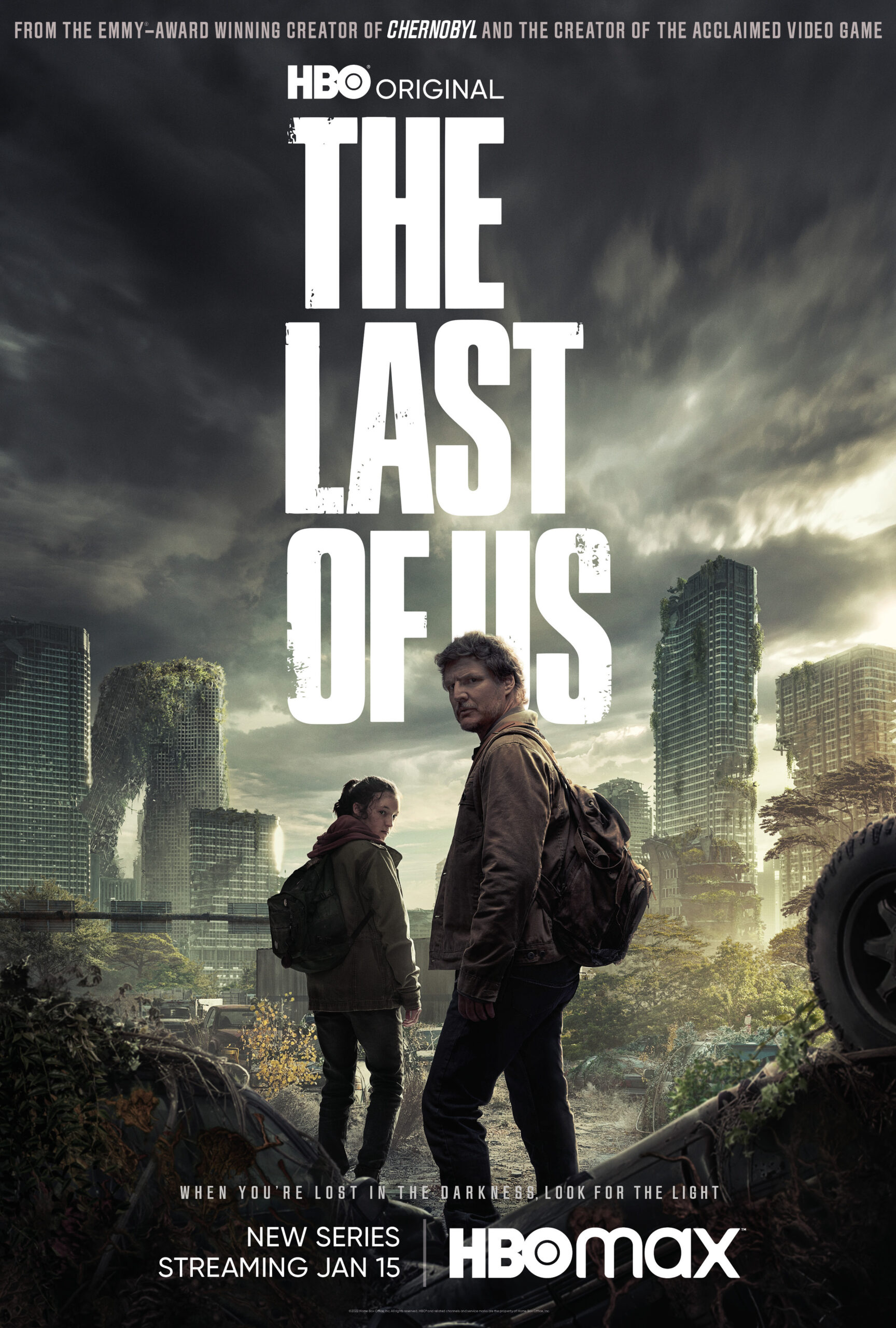In an uncertain stage of music, the genre of punk music has been getting a revival of sorts, especially in the pop-punk scene. Many artists are trying out the sound on for size, and many people praise them, as if they are reviving the genre.
However, punk has been somewhat a stigmatized genre, with people resonating it with nothing but political ramblings and anger. So how come these musicians that normally make pop music are jumping on the bandwagon of pop-punk music? Does this really revive the genre, or does it cause more scrutiny?
To understand, what exactly is punk?
The history of punk stems in New York in the 1970s. Specifically, from journalists who referred to young, inexperienced rock and roll music.
From then on, people took the term “punk,” meaning a beginner, and ran with it. This type of “inexperienced” rock and roll made their own genre and subgenres, especially in North America.
For example, the drug scene (especially the heroin users) in Manhattan grew the main punk scene through art punk, along with the trans community through the genre of glam punk, which would influence the new wave of metal in the form of glam metal.
Soon enough, artists came to refine the genre. In the 70s, there came the rise of punk musicians from Britain and New York with bands, New York Dolls, the Sex Pistols, the Ramones, and The Clash.
With the various inspirations from genres like rockabilly and reggae, sprung various other subgenres to come by the time the 80’s rolled around, such as ska (The Specials, Madness, The Mighty Mighty BossTones, and Reel Big Fish) and skateboard punk (Descendants, Circle Jerks, The Offspring, and Bad Religion).
With punk, it’s a genre that specializes in messaging, typically in the form of politics. This isn’t to say that other genres can’t have underlying political themes, but that’s what made punk stand out at the time.
While punk got its massive start in America and in Britain, places like Spain have made left-wing political analysis a staple. Sources tie back to November 1975 that records “four decades of dictatorship” by General Franco in Spain, resulting in a booming punk scene there.
“When punk rock emerged in Spain, its nihilism was a rejection of this struggle. Although left-wing and anarchist punks were common in the 1980s, the original explosion, documented on vinyl in 1978, was not directly partisan. And yet in trying to reject their parents’ and grandparents’ struggles, the punks were also showing that they could not break free from history’s manacles even as their outward appearance indicated efforts to do so.”
By the time the 2000s hit, a genre would emerge that the mainstream media would call “pop punk,” specialized by artists Blink-182, Simple Plan, and Sum-41.
Pop-punk is also a genre that’s been around since the 80s with bands like the Ramones and Bad Religion, who invented the sound that would be carried throughout pop-punk, yet it didn’t get a boom in popularity until the 2000s.
A massive difference between punk before and after the 2000s was its general approach. Sure, skateboard punk had lots of songs dedicated to anti-suburbia and adolescence, but it didn’t take up most of the punk genre as a whole like pop-punk is.
Another massive difference is their songwriting. Punk is typically angry and resentful, typically towards the government and society. Pop-punk takes a more lighthearted, sometimes juvenile approach.
It’s been a topic of discussion whether pop-punk has aged well, or if it can keep up with the modern music landscape. Especially when pop reigns over most music stations.
“Making a career out of pop punk is not an easy thing. Every year a pop punk band carries on is a year they grow farther from the material they wrote. Then, one day, they’re standing on stage and they look less like rock icons and more like dads chaperoning a high school dance.” Vice reports. “It’s a strange thing to see a song outlast the band who wrote it. But that’s OK. Maybe pop punk was never meant to grow old in the first place.”
In summary, pop-punk has always had a strange spot in not just the punk subculture, but in music in general, especially in terms of its otherwise juvenile sound.
Now in the present day. Where’s pop-punk now? It’s on a strange spot on the charts.
Since 2019, punk has been getting a resurgence, at least that’s what most news sites like the New York Times and Billboard have been saying.
Sure, we’ve seen the return of original pop-punk artists with Blink-182, Paramore, and Avril Lavigne, but almost lost in the constant flow of new artists trying on the punk sound in terms of space on the radio.
Reports have been going around detailing a punk renaissance with artists that vastly differ from their predecessors, think YUNGBLOOD or Machine Gun Kelly, who have apparently become the new spearhead of the punk sound hitting the airwaves.
And these are just artists. There are several singles from other musicians trying the “pop punk” sound on for hits that have charted. Olivia Rodrigo is a prominent example, with her 2021 album hit “Sour” having songs such as “good 4 u” and “Brutal” having pop-punk elements.
Conversations have started on sites like Reddit about the legitimacy of pop-punk’s return, and then the question arises: Could modern pop-punk even be considered pop-punk, or even punk at all?
On places like Mashable, they’ve praised the rise of pop-punk in 2021, and especially Olivia Rodrigo’s “Sour” album as the key to the revival.
“It’s hard to argue there was a more important — and surprising — musician in 2021 than Olivia Rodrigo. She went from relative unknown to complete superstar, and she did it using, in part, the revived sound of pop-punk.”
On the other hand, sites like The Spectator voices concerns with the rise in pop-punk, saying that the recent wave of pop-punk is purely a modern music trend, and inauthentic. They report that, “It has strayed so far from its roots that the pop punk balance scale has been broken in half, and the punk side has been thrown off the edge of a cliff. Pop punk is punk the same way the MTA is always on time: it’s not.”
Another quote that stood out in their analysis discusses whether modern pop-punk could even compare to old, classic pop-punk or punk at all.
“At the core of punk is non-conformity. Whether it be in relation to music, politics, attitudes, or a combination of these, social norms are the constant target. Pop punk is the opposite. Like a wolf in sheep’s clothing, it uses the mainstream under the guise of punk to get more attention and wealth.”
Suppose this is the core of the criticism of pop-punk nowadays. It doesn’t compare to the main subculture it was once based on.
Punk was always all about rebellion, and standing up against a repressive system, and the bands of the time reflected that. Do the new artists reflect that? To many, no.
Of course, music taste is subjective, and this isn’t to say that you can’t listen to these bands because they’re “not really punk.” Yet, punk has almost lost its meaning because of this new musical trend.
Will punk, in its complete political form come back? That is hard to say.



